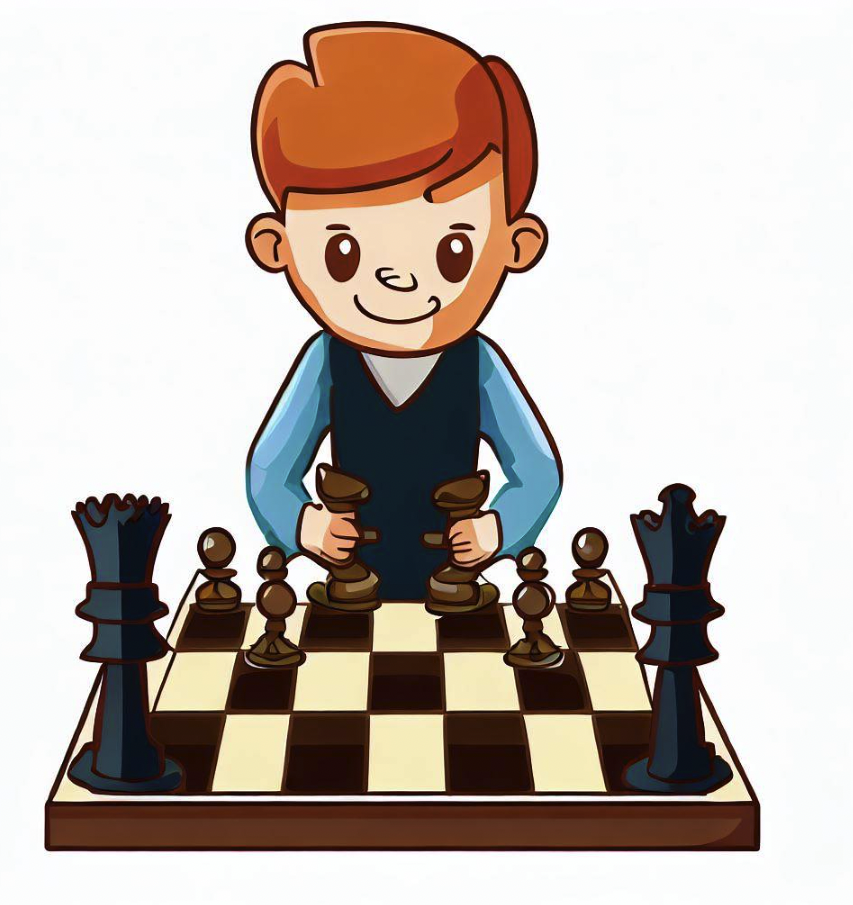Chaturanga, the ancient Indian game of strategy, holds a remarkable place in the history of board games.
Believed to be the precursor of modern chess, Chaturanga has captivated minds for centuries with its intricate gameplay and tactical challenges.
Let us embark on a journey through time to explore the origins, rules, and enduring legacy of this fascinating game.
Origins and Evolution
Chaturanga traces its roots back to ancient India, with references dating as far back as the 6th century CE.
The word “Chaturanga” itself translates to “four divisions of the military” in Sanskrit, reflecting the game’s foundation in ancient Indian warfare.
It is said to have been played by kings, generals, and intellectuals, and its popularity spread across the Indian subcontinent and beyond.
Rules and Gameplay
Chaturanga is played on an 8×8 checkered board, much like modern chess.
Each player begins with 16 pieces, representing different units of an ancient Indian army.
The pieces include infantry (pawns), cavalry (knights), elephants (bishops), chariots (rooks), ministers (queens), and the king.
The objective is to checkmate the opponent’s king by placing it under attack with no possible escape.
Strategic Elements
The game’s strategic depth lies in the unique abilities and movements of each piece.
The infantry, for instance, moves one square forward, while the cavalry jumps in an L-shape, and the elephants slide diagonally across the board.
The chariots move horizontally or vertically, ministers combine the movements of elephants and infantry, and the king has limited mobility but is of utmost importance.
Players must anticipate and counter their opponent’s moves while safeguarding their own king.
My First Ever Game of Chaturanga | How Chess was Played 1000 Years Ago
Influence on Chess
Chaturanga served as the foundation for the development of modern chess.
As the game spread to Persia and later to the Islamic world, it underwent significant transformations.
The pieces’ names changed, and the game dynamics evolved, ultimately culminating in the birth of chess as we know it today during the Middle Ages in Europe.
However, the essence of strategic warfare and the objective of checkmating the opponent’s king remained intact.
Legacy and Cultural Significance
Chaturanga’s legacy extends beyond its contribution to chess.
The game symbolizes the intellectual and cultural exchange between ancient civilizations and highlights the enduring appeal of strategic challenges throughout human history.
It stands as a testament to the human fascination with board games as a means of entertainment, intellectual stimulation, and a reflection of our inherent desire to conquer and strategize.
Revival and Appreciation
In recent years, there has been a resurgence of interest in Chaturanga among enthusiasts, historians, and game scholars.
The game’s historical significance and its intricate gameplay have sparked curiosity and a desire to look into its strategies and complexities.
Tournaments and online platforms dedicated to Chaturanga have emerged, allowing enthusiasts to explore this ancient game and experience the thrill of maneuvering their armies on the virtual battlefield.
Conclusion
Chaturanga, the ancient Indian game of strategy, holds a vital place in the annals of board game history.
Its evolution into chess and its enduring appeal testify to the captivating nature of strategic gameplay.
As we appreciate the contributions of ancient civilizations, let us celebrate the ingenuity and intellectual pursuits that Chaturanga represents—a timeless reminder of our fascination with games that challenge and engage our minds.


